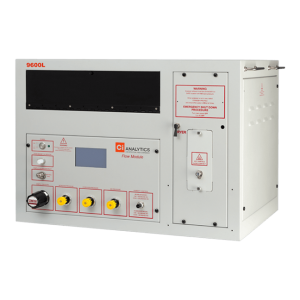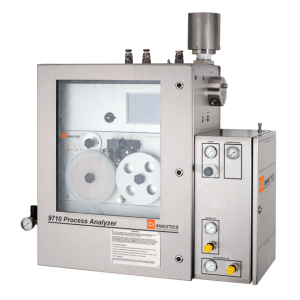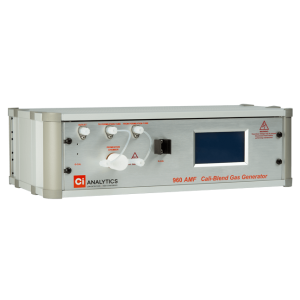Evidence of chlorides issues is indirectly related to the occurrence of solid salt deposits, such as iron sulfide. Ammonium chloride is thermally decomposed into ammonia and hydrogen chloride (HCl) in gas phase. In the presence of water, hydrogen chloride is dissolved, forming hydrochloric acid that reacts with the metallic form of iron, and produces iron chloride and hydrogen gas. Prior to this,The iron chloride produced then reacts with hydrogen sulfide, generating iron sulfide and more hydrogen chloride.
The identification and speciation of chlorides forms in the feedstock crude unit helps control the chloride content inside the hydroprocessing unit. The inorganic chloride content related to salts formed with cations, such as sodium, calcium and magnesium, is controlled by desalting the distillate fractions of crude with multiple washes with water. Since sodium chloride is a polar salt, it can be easily removed by treatment with water. However, calcium and magnesium salts, which are less polar salts, tend to have more affinity with the crude. The crude treatment primary unit, combined with vacuum and coker units, can hydrolyse the residual content of calcium and magnesium salts releasing HCl.
Meanwhile, organically bound chloride, part of the halogen compounds group, is present in the crude feedstocks. Given its poor water solubility, these halogen compounds are not removed with the desalting stage. Alternatively, they are removed at specific boiling temperature ranges when distilling different fractions of the crude.
The CI Analytics’ total chlorides analyzer for laboratory and online processes offers an innovative solution to control the chlorides content at different critical points of crude oil refining. The early detection of chlorides helps prevent future problems related to corrosion, contributing to the safety of the general process and avoiding the unnecessary emergency shutdown of some units for corrective maintenance of the equipment.
Our total chlorides method consists of converting all organically bound chlorides (originally in the sample) to hydrogen chloride for its subsequent detection with the Mineral Acids Sensi-tape. The chloride content in the sample is proportional to the color change of the Sensi-tape under a specific set of analysis parameters.



